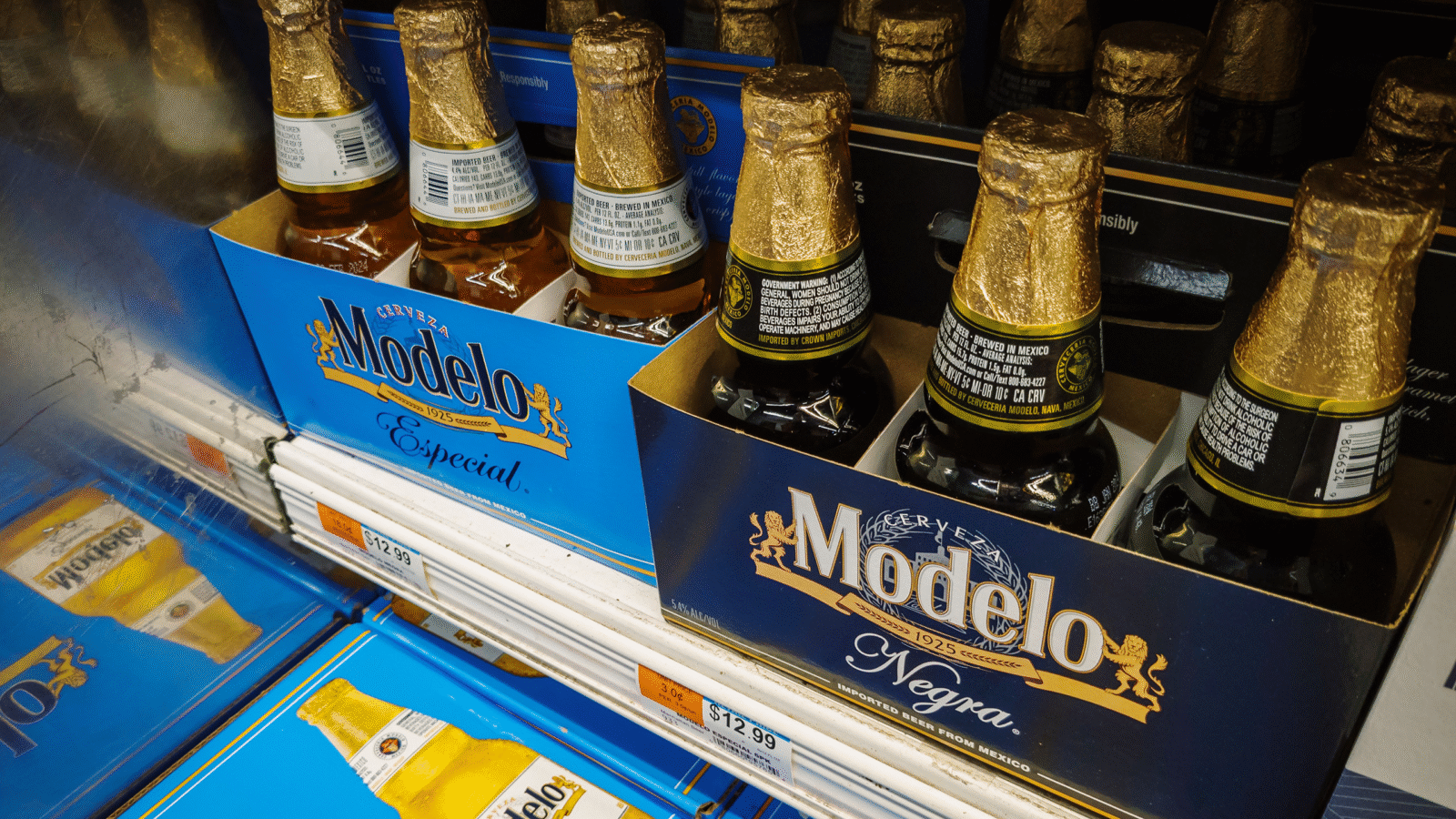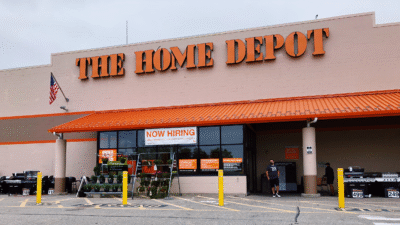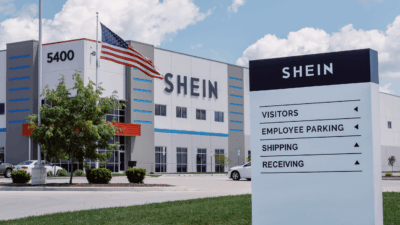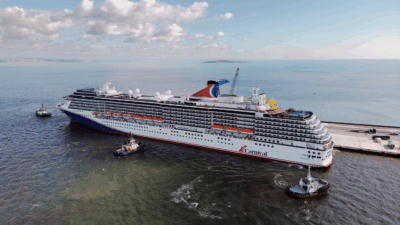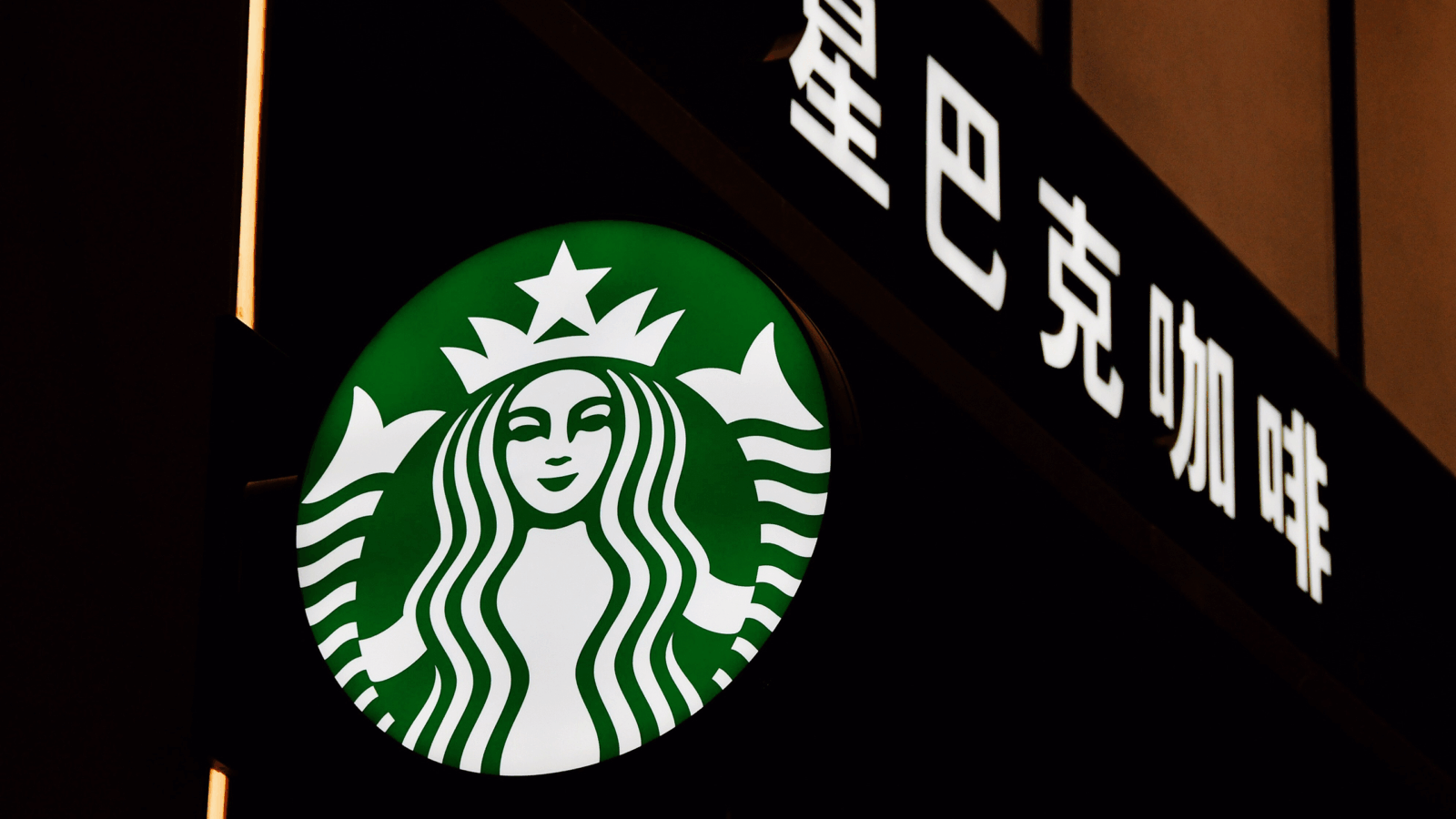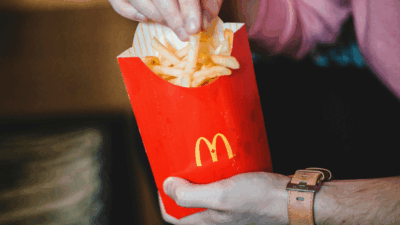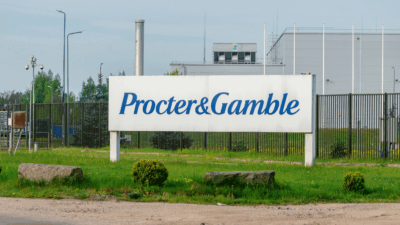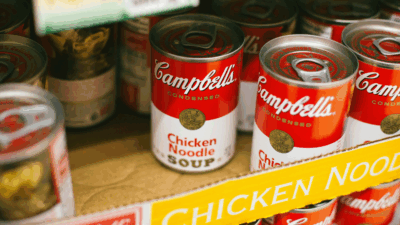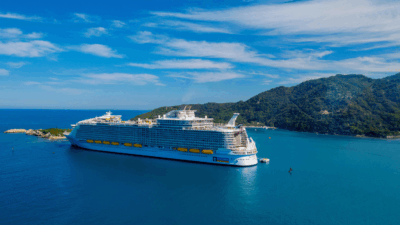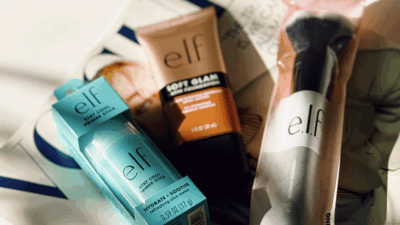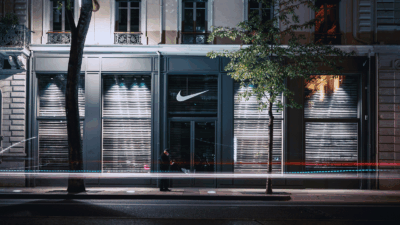Walmart Opens Up a New Front Against Amazon, Offering to Deliver Goods for Other Merchants
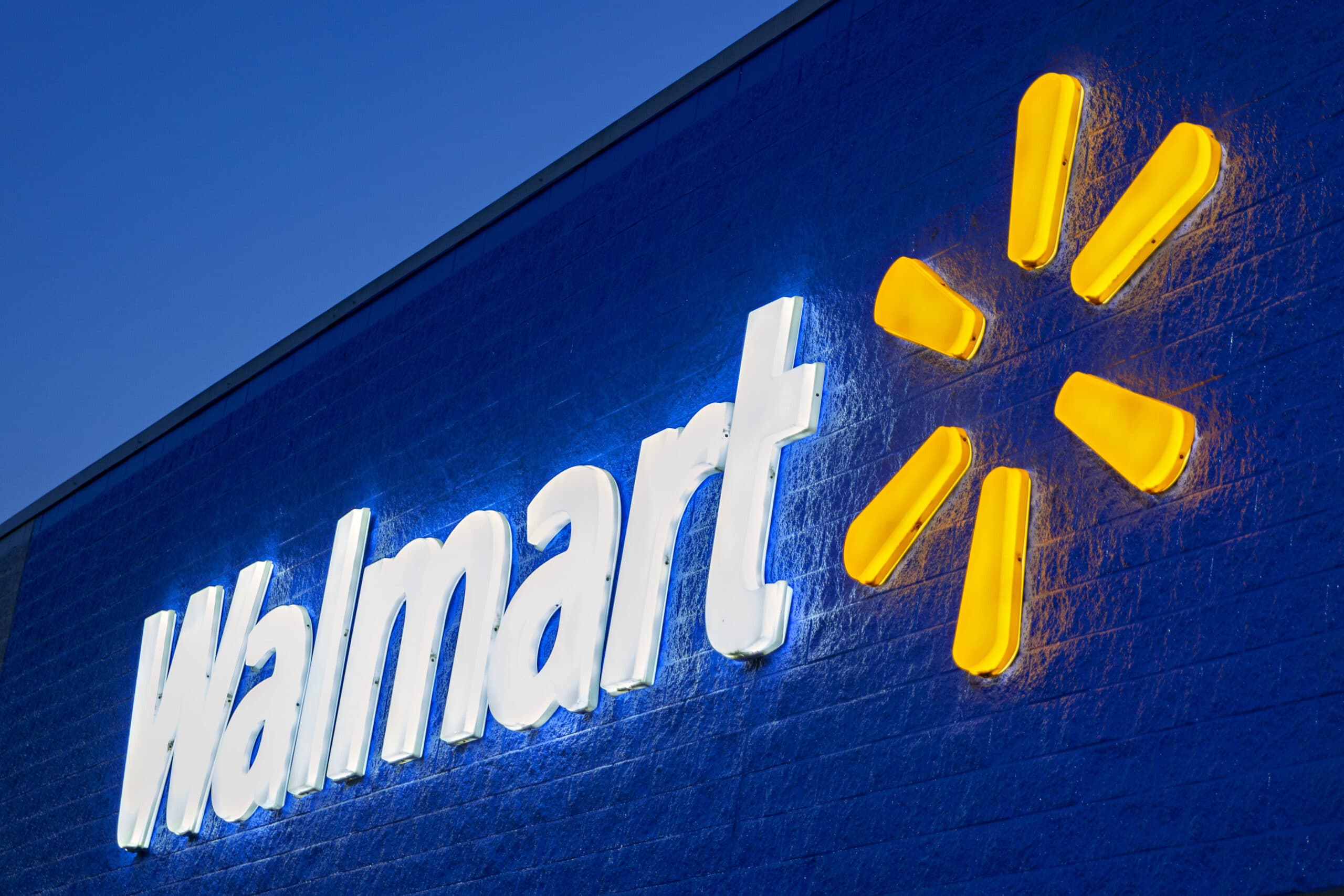
Sign up for smart news, insights, and analysis on the biggest financial stories of the day.
Everyone loves an underdog story, but it’s hard to find an underdog in this fight. Walmart, America’s largest retailer, announced Tuesday it will share its U.S. delivery network with other businesses, opening a new competitive front against Amazon, the world’s largest online retailer.
Dubbed Walmart GoLocal, the new service will let local and national businesses in the U.S. — from bakeries to clothing shops to auto parts sellers — tap Walmart’s in-house fleet to handle deliveries. It’s launching just in time to be up and running for the frenetic holiday season.
Waltons Go On the Offensive
Amazon already delivers a myriad of packages via its same-day service, called Flex, and contracts van fleets to drop off even more parcels. Walmart, meanwhile, has its own delivery network called Spark, active in over 500 cities, to support its stores and warehouses. But GoLocal will open up Spark’s network to pick up and deliver merch from third-party businesses, setting up the latest clash between Walmart and colossal rival Amazon:
- After years of sluggish inaction, Walmart has invested billions in its supply chains, doubled its U.S. e-commerce sales in the last two years, and now forecasts that its global e-commerce sales will reach $100 billion in the next two years. But research firm Retail Insight says despite the accelerated growth, Walmart will still be surpassed by Amazon in 2025 as the largest U.S. retailer.
- Walmart’s strong suit is groceries — the retailer commands a 26% market share in the U.S. But an internal report leaked to Recode earlier this year revealed executives are concerned over losing ground to Amazon, which owns Whole Foods and recently launched its own branded stores.
“We’re trying to build a model where we’re completely indifferent, top and bottom line, as it relates to how people shop,” Walmart CEO Doug McMillon said last week.
Christmas Savior: Walmart GoLocal arrives ahead of a holiday season that’s expected to overwhelm traditional carriers. Earlier this summer, UPS CEO Carol Tomé predicts 5 million more parcels will require delivery per day during the holiday season than providers are currently equipped to handle.
